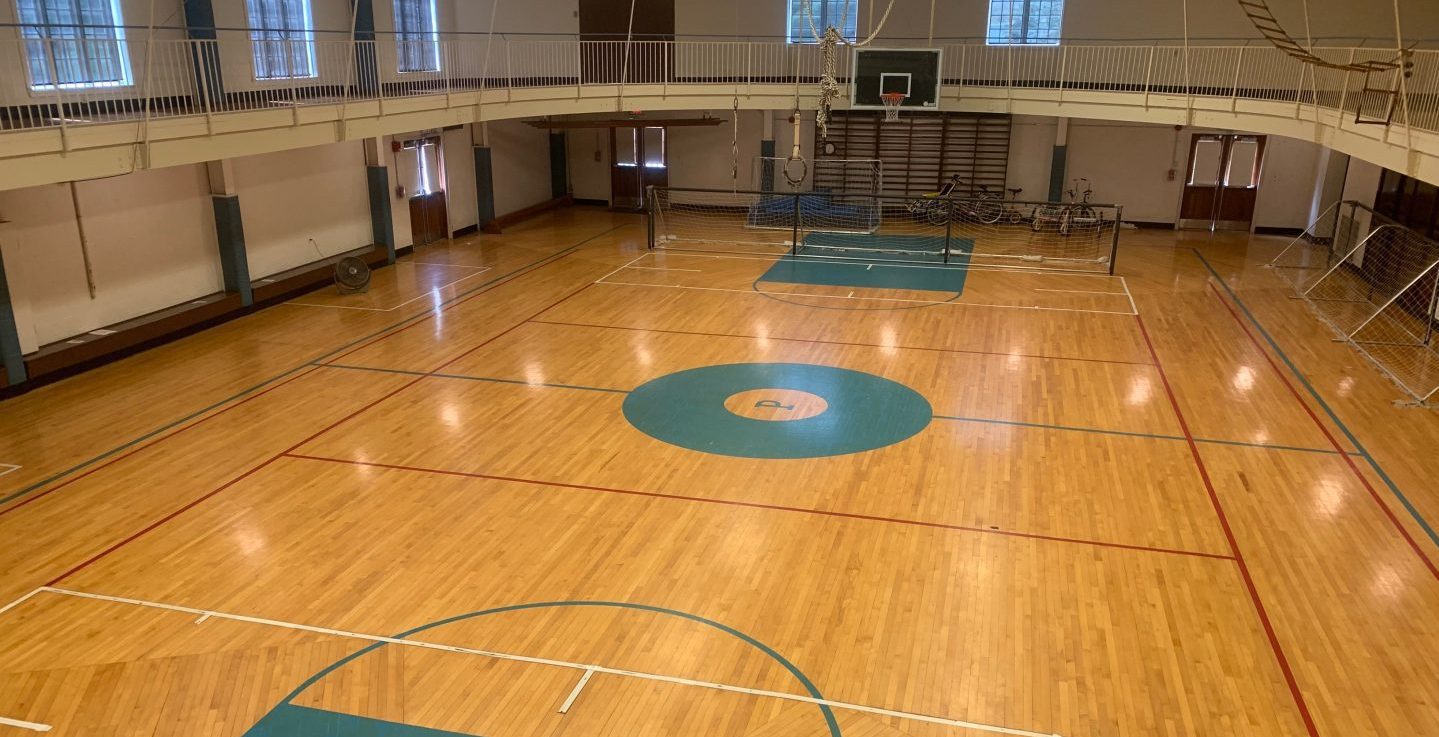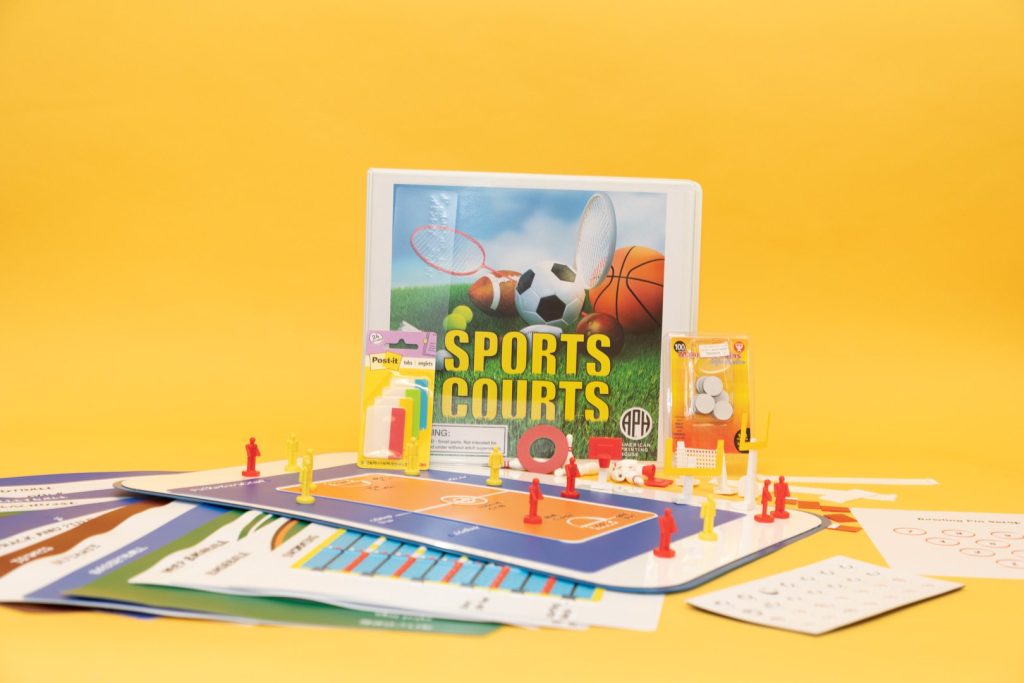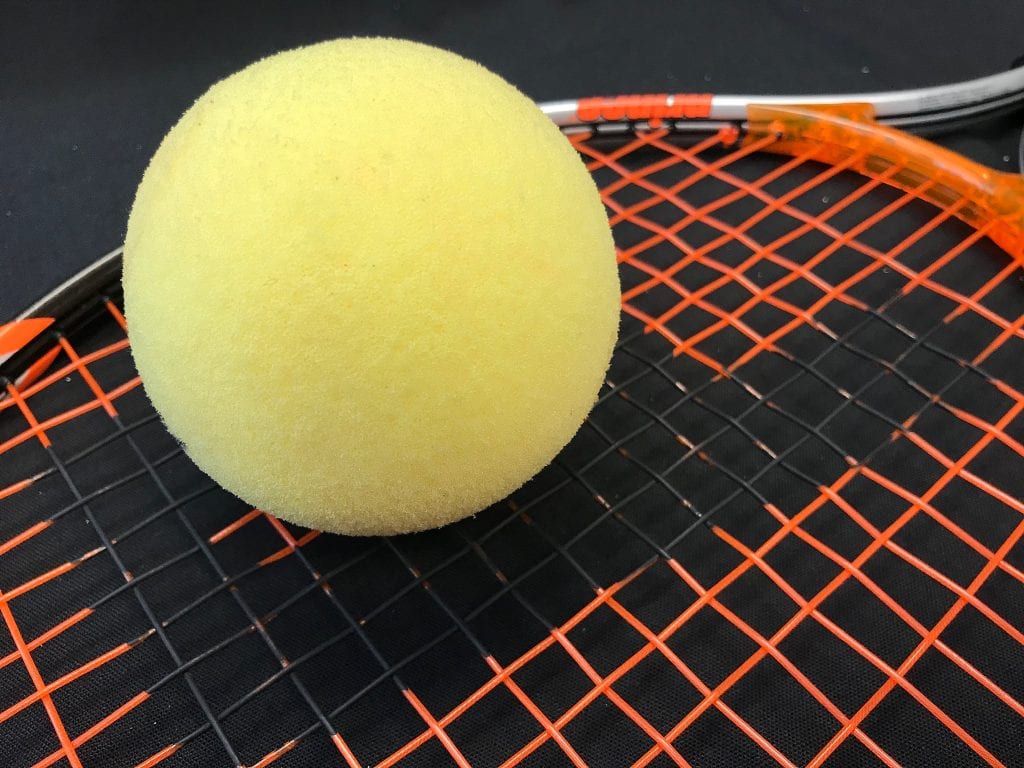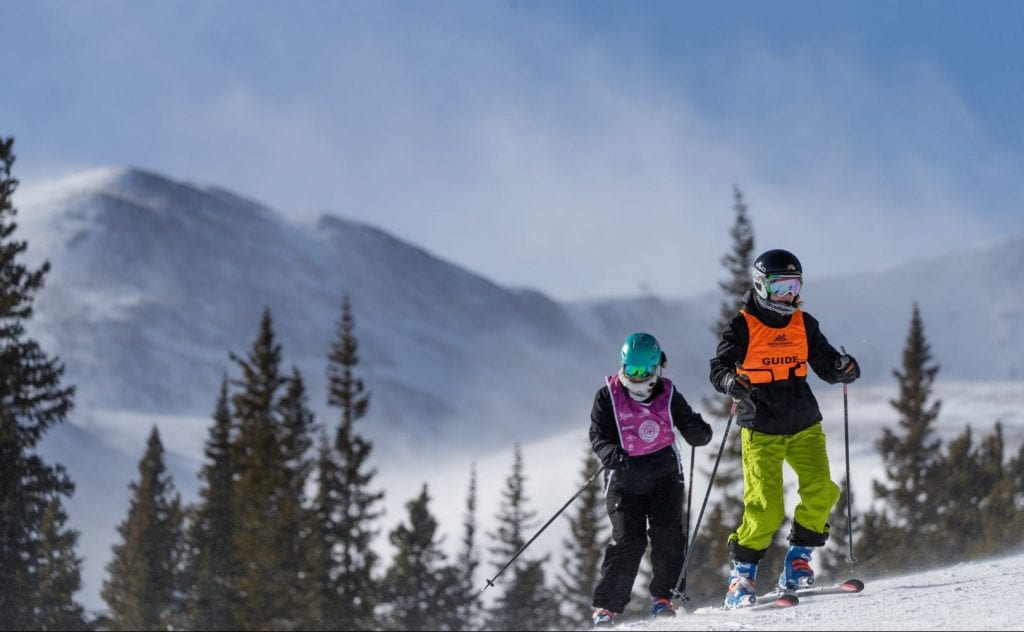To ensure gift delivery by 12/25, please place orders via UPS shipping no later than 12/17.
CloseAdapting Physical Education Classes to Meet Student Needs

How do you make physical education (PE) classes accessible for students who are blind and visually impaired? We spoke with Adapted Physical Education (APE) teacher, Kelsey Linsenbigler, about the APH products she uses with her students.
Meet Kelsey
Kelsey has been an APE teacher for five years now. “My first introduction to the blindness field was at Camp Abilities: SUNY Brockport,” she said. “I volunteered as a counselor when I was 19, and I have been working with students with visual impairments ever since. I earned a Bachelor’s degree in Physical Education and Health Science from The College at Brockport.” Upon graduation, she stayed at Brockport for her Master’s program in Adapted Physical Education and worked as a graduate assistant for Camp Abilities. Afterward, Kelsey became an APE teacher at the Tennessee School for the Blind, serving students ages 3-22. Today, she works in the Secondary Program at Perkins School for the Blind, teaching APE to students ages 14-22.
Utilizing APH Products
“APH products allow for students to have items that are more specifically designed for their needs than standard physical education and sports equipment,” Kelsey explained. “Using APH products, sometimes in combination with standard products, help students to gain a better understanding about movement, physical activity, and fitness. Through that greater understanding, we work to help students become lifetime movers and to know how to accommodate for themselves in activity.” Kelsey’s APE classes contain small groups of students who are blind and visually impaired. Everyone works on the same unit, but the instruction is individualized for each student. APH products are incorporated on a student-by-student basis. “Some APH products I have used while teaching fitness are the Jump Rope to Fitness Kit, Jacob’s Rib-It-Balls (14 inch, 18 inch, and 30 inch), Portable Sound Source, and the pedometers and guidewires from the Walk/Run for Fitness Kit,” said Kelsey. Let’s break down how each product fits into APE lessons.
Portable Sound Source
Kelsey uses the Portable Sound Source frequently in her APE classes. She said, “It can be used in a variety of ways in a number of units or activities.” For example, she uses the Portable Sound Source for invasion games like soccer, hockey, or basketball. It can also be placed on the track to designate the starting point for students who are walking, running, or biking and on the target during archery or bocce practices.
Jacob’s Rib-It-Balls
Many of Kelsey’s students enjoy using Rib-It-Balls. “They like being able to hold or grab the ball more easily than other style balls,” she said. “I think the colors of balls also provide good contrast for students, especially within the gym, which can often be a visually complex environment.” In some of her lessons, Kelsey uses the Portable Sound Source with the Rib-It-Balls for students working on kicking or throwing. She said, “The Portable Sound Source provides the students with the auditory cue for the target while having a larger ball to kick or easier ball to grasp while throwing.” Similarly, she mentioned that medicine balls can be too heavy or hard to grasp for some students. In these instances, Kelsey gives them Rib-It-Balls to use instead. This way, students can complete the same exercises with the Rib-It-Ball that others may be working on with medicine balls.
Walk/Run for Fitness Kit
The Walk/Run for Fitness Kit contains a guidewire and talking pedometers. Kelsey explained, “The guidewire allows students to independently run, jog, or walk during classes. They like being able to take part in activities without always needing a human guide. Having it as an option helps to build confidence for independent movement.” Kelsey suggests placing the Portable Sound Source at one end of the guidewire to provide students with an auditory cue so they can count laps as they walk or run. During their walking/hiking unit, students use the pedometer to track steps taken and convert them into distance walked. In one exercise, they estimated the number of steps to a certain location on campus and then used the pedometers to check their estimates.
Jump Rope to Fitness Kit
The Jump Rope to Fitness Kit includes three different styles of jump ropes and a mat for shock absorption and orientation. Kelsey uses the parts of the kit in her jump rope unit and as equipment in other fitness units. “I have used the cordless jump rope for students who are wheelchair users or a student that a standard jump rope isn’t a great fit,” she said. Often, jump rope is one of the stations in Kelsey’s fitness circuits. The cordless jump rope is always there as an option for students along with standard jump ropes.
Kelsey believes these APH products help her students with visual impairments improve their motor skills and fitness levels. For teachers who are new to using APH products, she recommends, “Take the time to play with any new products you order or ones your school system might already have. Until you take them to play with them and see how they work, it might be hard to see how they would work for your students. Also, don’t be afraid to use the products in ways they maybe weren’t designed for. For example, if you don’t have the Portable Sound Source to use as an auditory target, you could use the APH Sound Balls Techno Beat (Red) and Boing Boing (Yellow) instead. Think outside the box, and you can find so many uses.”
Read our Building Your Physical Education Toolkit blog or visit aph.org/shop to learn more about our products.
Are you an educator or specialist who would like to share your story with us? Send an email to communications@aph.org for a chance to be featured in an upcoming issue of APH News.
Share this article.
Related articles

Adapted P.E. and SPORTS COURTS
We recently spoke with Amanda Dennis, Paralympic Goalball athlete and APH’s new Engagement Specialist, about the lack of adapted physical...

Singles or Doubles Anyone?
Stay active this winter with our 30-Love Tennis Kit! APH’s 30-Love Tennis Kit allows for indoor, competitive, family fun. Playing...

Ski the Winter Blues Away
Photo from Move United Sport Winter Sports Camps Updated January 4th, 2021. When someone mentions the fun times they had...
